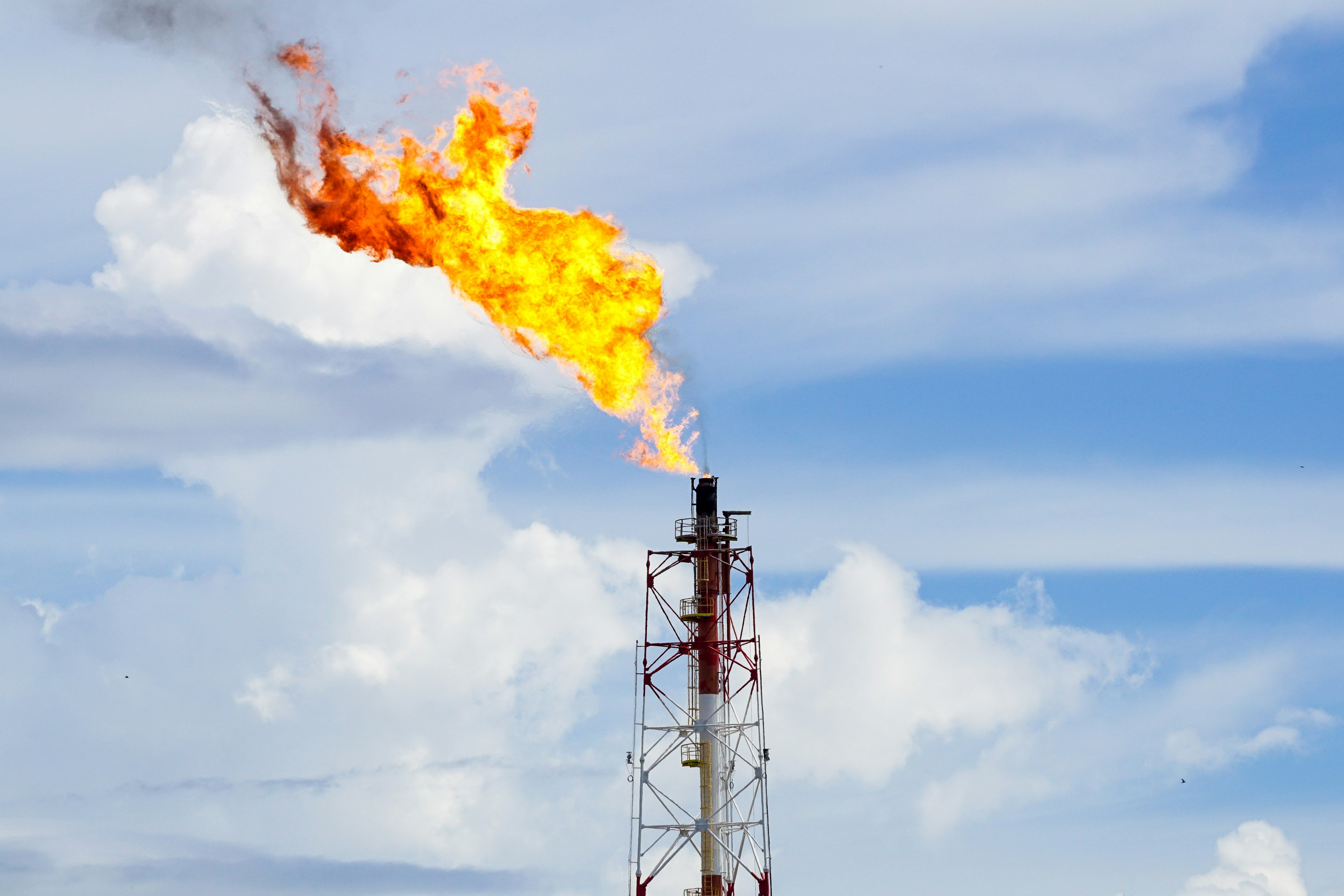Transient methane emissions from gas flaring
Common practice in the oil and gas industry is to burn unwanted or contaminated methane in a gas flare. The burning efficiency of this flare is key to minimising the amount of methane which escapes in to the atmosphere; methane being a more significant greenhouse gas than CO₂ (80 times as much). For modelling purposes, the conversion efficiency is assumed to be >>90% but there is speculation that in variable wind or gas composition conditions, the burn may be much less efficient with very significant (but short duration) releases of methane whose full extent will not be measurable with conventional gas analyzers. The following video shows a fast response FID measuring the transient methane escape from a flare scale model (a Bunsen burner in open air) with ambient wind conditions disturbing the flame and producing very short duration bursts of CH₄ release….
